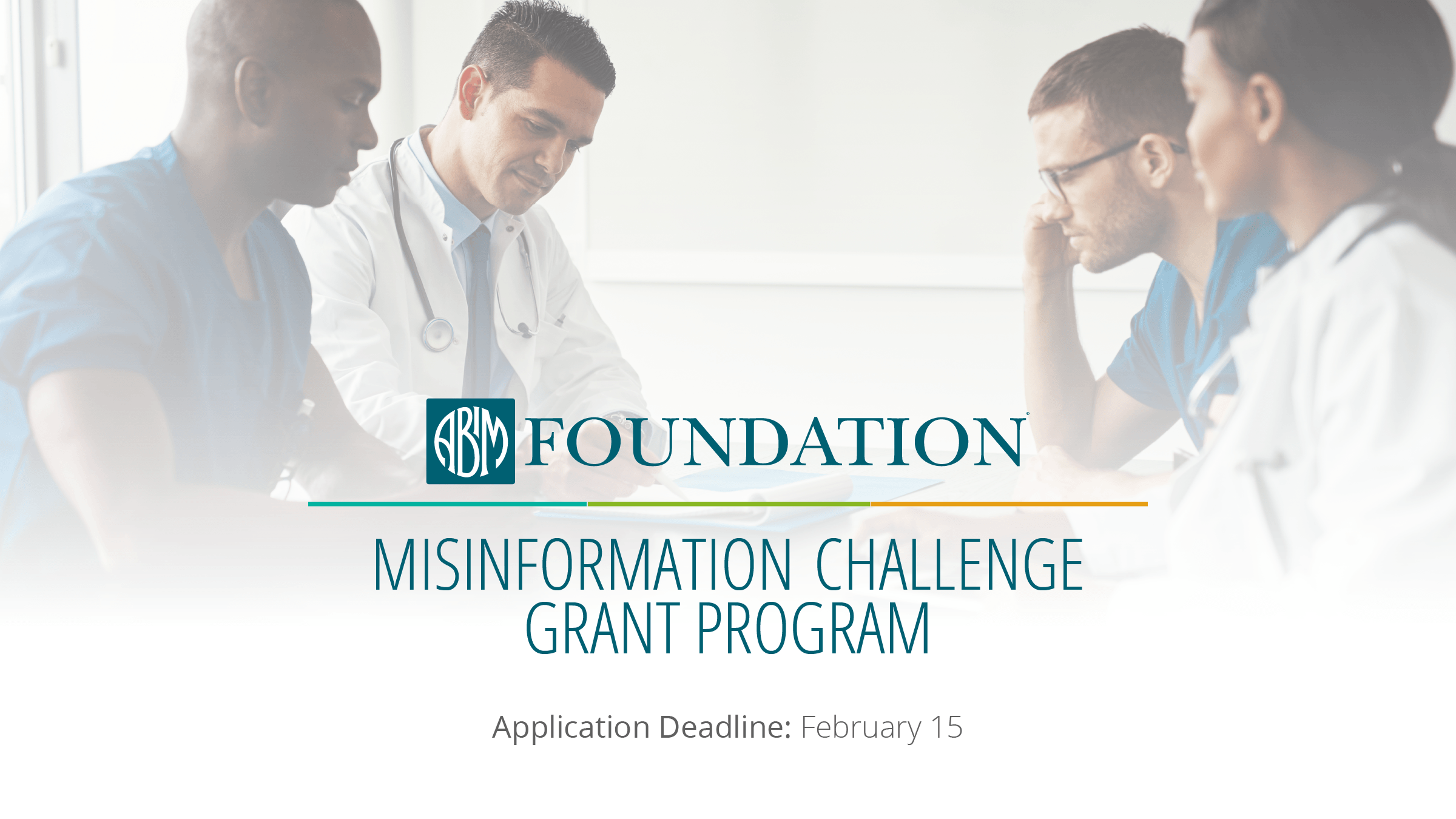During a late-night shift in the Emergency Department (ED) in April, I took care of Mr. S, a man in his early twenties who presented with a sickle cell vaso-occlusive crisis. COVID-19 testing had returned negative. The carefully composed steps in his hematology care plan had begun to ease his pain. Yet his oxygen levels were hovering just below a safe level for discharge. In addition to further workup, he would need to stay the night, at least while requiring oxygen. Mr. S asked me to call his parents who could not visit him in the ED. They would not be pleased, he warned me; they wanted him home. After discussing the difficult balance of risks – those of staying in the hospital during the COVID surge or going home without oxygen – Mr. S and his parents ultimately agreed to him staying overnight. Even so, Mr. S’s father’s parting words were “if my son gets COVID in the hospital, it’s on you.” These words and the profound distrust they conveyed echoed in my head throughout the evening.
A few weeks later, on a late Friday afternoon during my telemedicine clinic, Mr. J was describing by phone what could have been a gout flare in his knee or, far more troubling, a case of septic arthritis. After staffing with my attending, I explained my concerns to Mr. J and recommended he go to the ED. I talked him through the new layout and triage process. Unlike Mr. S’s family, I knew Mr. J well – I had taken care of him in inpatient and outpatient settings since I was an intern. An elderly man from Puerto Rico, his experiences with gang-related violence decades ago had left him with PTSD, depression, and severe anxiety. When I told him I was graduating from residency, he said he wanted to give me one of his late mother’s rosaries. By Monday, he had not visited the ED and I reached back out. He said he simply could not overcome the fear of getting COVID-19. The red-hot pain, redness, and swelling in his knee had fortunately resolved over the weekend. For Mr. J, his distrust in the hospital’s ability to keep him safe superseded the trust we had each built over the course of three years.
I fear that for people who have experienced medical bias or substandard care in the past, concerns about safety within the hospital space could pose devastating barriers to care
Mr. S and Mr. J are both affected by multifold inequities in our health system, Mr. S as a Black man with sickle cell disease and Mr. J as a Latino man with mental health problems. They both come from neighborhoods that were hotspots for COVID-19 and had carefully avoided infection. Personal and institutional distrust affected the way they navigated non-COVID care within a pandemic-era hospital system and how they interacted with me, a white trainee. Concerns about infection likely shape every patient’s decision-making about visiting hospitals now. However, I fear that for people who have experienced medical bias or substandard care in the past, concerns about safety within the hospital space could pose devastating barriers to care. Learning about the mortality disparities in COVID-19 further validates distrust. Ongoing research has begun to examine decreases in standard care services provided during the pandemic [i],[ii]. A focus on inequities must inform this research. Interventions to address the findings must emphasize safety and trust in marginalized communities; for example, by providing more community-embedded services.
At every turn in the way the COVID-19 pandemic has played out, the American medical community has only retroactively recognized the inequities that compound each other to lead to Black and Brown people dying at much higher rates than their white counterparts. We must probe beyond the COVID-19 diagnosis to fully understand inequities in pandemic-era care.
Alyse Wheelock is a first-year fellow in Infectious Diseases at Boston Medical Center, where she also completed internal medicine residency.
[i] Garcia S, Albaghdadi MS, Meraj PM, et al. Reduction in ST-segment elevation cardiac catheterization laboratory activations in the United States during COVID-19 pandemic. J Am Coll Cardiol 2020 April 9
[ii] Lange SJ, Ritchey MD, Goodman AB, et al. Potential Indirect Effects of the COVID-19 Pandemic on Use of Emergency Departments for Acute Life-Threatening Conditions — United States, January–May 2020. MMWR Morb Mortal Wkly Rep 2020;69:795–800. DOI: http://dx.doi.org/10.15585/mmwr.mm6925e2external icon


